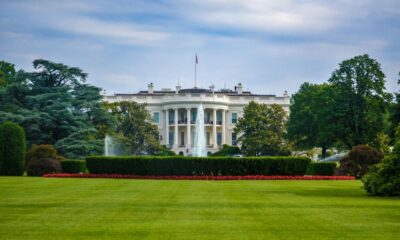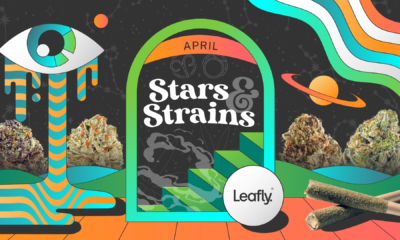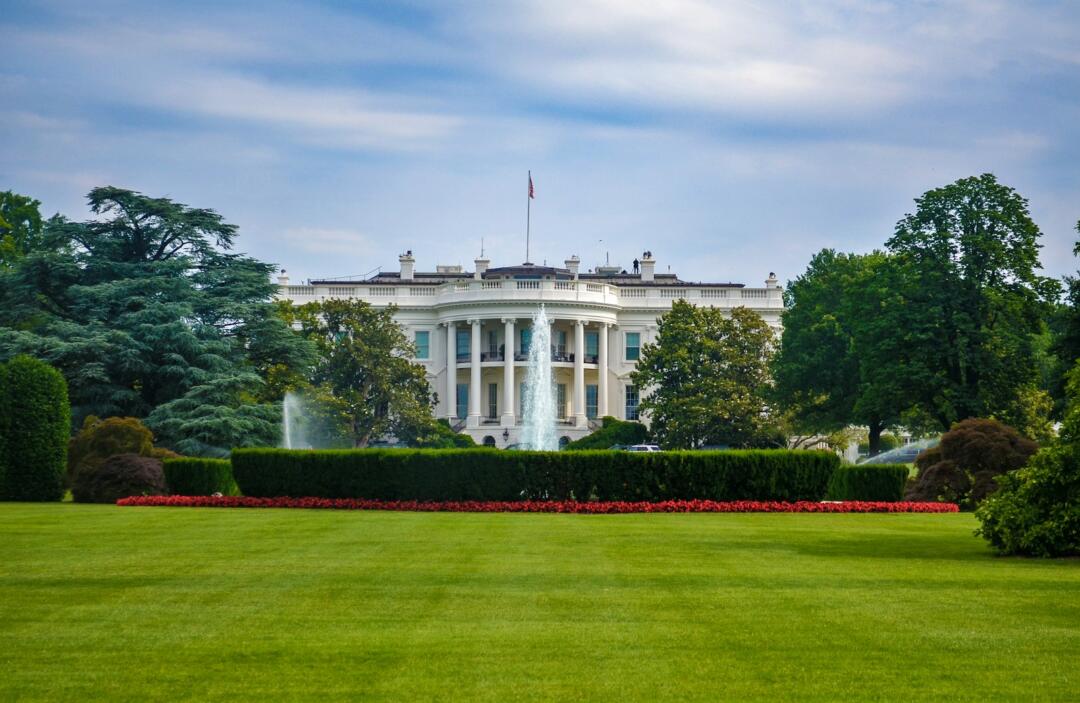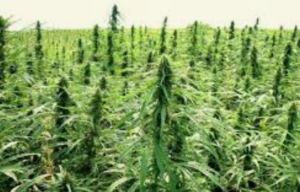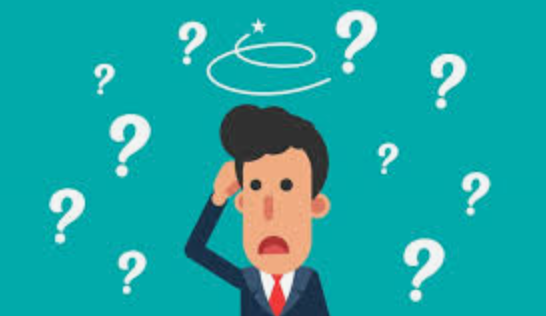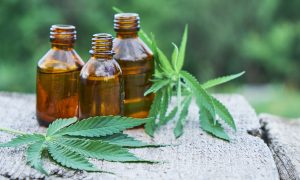Is it supposed to the happiest place in the world – but what’s up with Finland and marijuana?
Finland has again reached the top of the list of happiest countries in the world. Rounding out the top 10 include Denmark, Iceland, Sweden, Israel, Netherland, Norway, Luxembourg, Switzerland and Australia. The University of Oxford, publishes the report and takes in data and a series of six variables in the more than 130 countries ranked in the report. The variables include GDP per capita, freedom, generosity, social support, healthy life expectancy and freedom of corruption. This year the United States and Germany fell off the top 20 completely.
From a size point of view the top ten happiest countries, only the Netherlands and Australia have populations over 15 million. In the top 20, only Canada and the U.K. have populations over 30 million.
Related: California or New York, Which Has The Biggest Marijuana Mess
But what’s up with happy Finland and marijuana. Happy Canada was a groundbreaker in legalization weed, opening up some great science based medical benefits and filling the government coffers. The total population of Finland amounted to roughly 5.56 million. The largest age groups were 20 to 39 year-olds (1.39 million), and 40 to 59 year-olds (1.38 million), which made up over half of the population. So they should be up and with the times right? Well, it is complicated.

Unless it’s prescribed for medicinal purposes (which is highly rare in Finland), it’s illegal to use cannabis. But an estimated 100,000 people still use it in the country every month, and usage has grown over the past few years. In an updated procedure, the police issue summary fines for most personal use violation, and cases are not brought to court unless the defendant so desires. An aggravated drug offense and possession with intent to redistribute (possession for sale) are always brought to court and penalties are harsher.
Prime Minister Petteri Orpo’s (NCP) government is against the legalization of cannabis and against decriminalizing it. However, his party’s youth wing came out in favour of decriminalising all drugs in 2022, before being shut down by its parent party.
RELATED: Science Says Medical Marijuana Improves Quality Of Life
A citizens’ initiative aiming to legalize cannabis will go to Parliament for consideration after gaining 50,000 signatures on World Weed Day in 2019.
Of the top 10 happiest countries Denmark, Israel, Netherlands, Luxembourg, and Australia have legal weed. Finland, Sweden, Norway, Switzerland, and Iceland do not.

 Cannabis News2 years ago
Cannabis News2 years ago
 One-Hit Wonders2 years ago
One-Hit Wonders2 years ago
 Cannabis 1012 years ago
Cannabis 1012 years ago
 drug testing1 year ago
drug testing1 year ago
 Education2 years ago
Education2 years ago
 Cannabis2 years ago
Cannabis2 years ago
 Marijuana Business Daily2 years ago
Marijuana Business Daily2 years ago
 California2 years ago
California2 years ago





